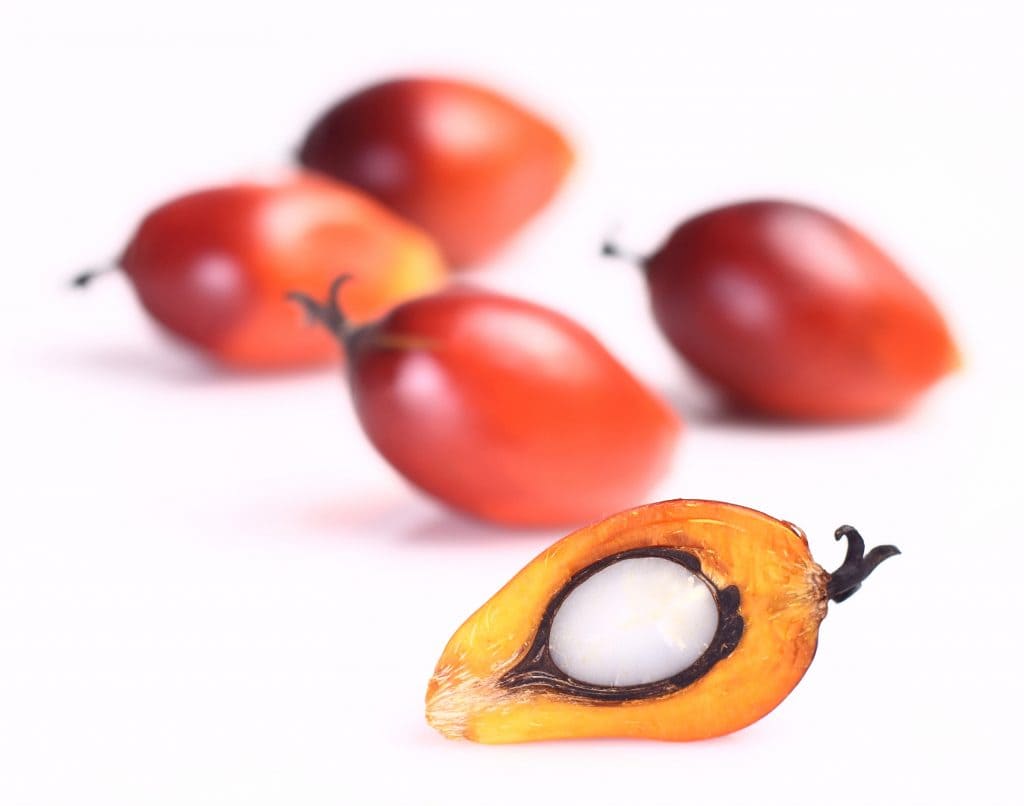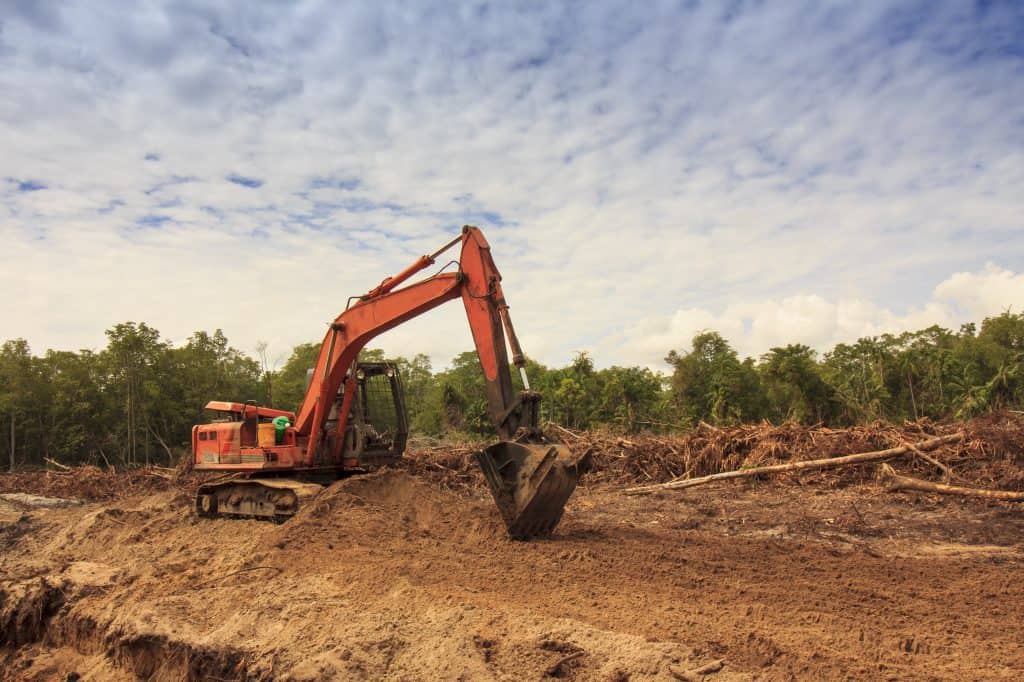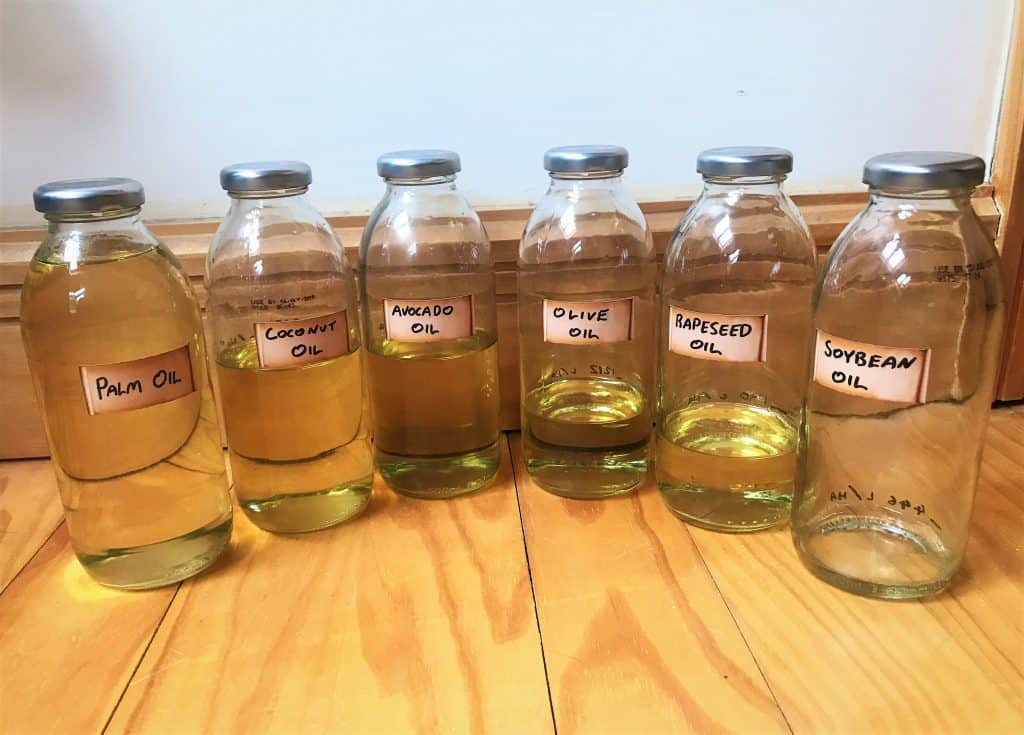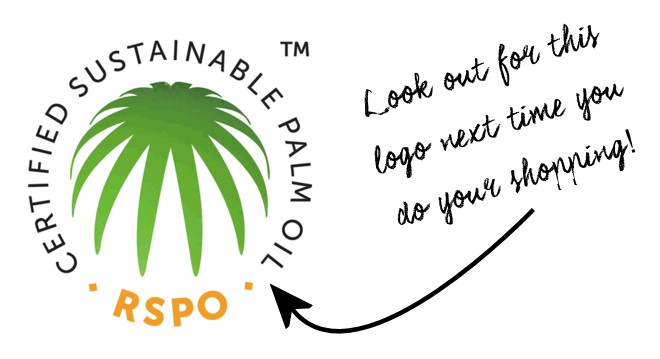For my blog this month I’m happy to announce that our orangutan Molly is settling in very well. Plus as you may well have heard she has been joined by 3 other Orangs. She is sharing her enclosure with Jin a 10-year-old male orang. He has come to us from Monkey World and in the opposite enclosure they are joined by 2 new additions, Belayan and Dayak who arrived late in December. They are all settling in well and have been exploring their new home.
They were recently let into their outside enclosures. They’ve been having a good look around and getting used to their new outdoor surroundings. Plus they’ve seen their neighbours, the dinosaurs in our walkthrough dinosaur exhibit!
The main topic I wanted to write about this month was the current issues that threaten orangutan populations in the wild. Currently all 3 species of Orangutan (Bornean, Sumatran and Tapanuli) are classified as Critically Endangered by the IUCN Red List (an indicator of the health of the world’s biodiversity which includes a list of species and their population status). The main driving factor that is causing orang populations to decline in Borneo and Sumatra is the Palm Oil Industry.
Now I’m sure you may have come across the term palm oil from tv adverts, documentaries and conservation campaigns but may not be entirely sure of what it actually is and why it can be so damaging to wildlife.
So, let’s start at the beginning, what actually is Palm oil?
It is an edible vegetable oil that comes from the fruit of Oil Palm trees. There are 2 types of oil that can be produced; crude palm oil comes from squeezing the fleshy fruit. Kernel oil comes from crushing the kernel, or the stone in the middle of the fruit.

Originally, oil palm trees are native to Africa, however they were brought to South-East Asia roughly 100 years ago as an ornamental tree crop. Unfortunately, the industry has boomed throughout the decades, especially since the 1950s. This has caused monumental habitat loss due to the expansion of palm oil plantations. Now, Indonesia and Malaysia provide over 85% of global supply but there are several other countries that also produce it.

What is palm oil used for?
It can be used as a cooking oil but is pretty much found in around 50% of food products and also used in cleaning products as well. It is very versatile and can be used for everything from pizza, doughnuts and chocolate, to deodorant, shampoo, toothpaste, lipstick and is sometimes even used as biofuel in some parts of the world.
As mentioned earlier, palm oil continues to be a major driver of deforestation. This is of some of the world’s most biodiverse forests, containing species endemic to that part of the world and destroying the habitat of species like the Orangutan, pygmy elephant and Sumatran rhino.
Deforestation is not the only risk factor when considering palm oil plantations. When companies expand their plantations they take down forests and convert carbon rich soils and peat lands. This in turn throws out millions of tonnes of carbon emissions which then contributes to climate change.

So why are we still using it?
One question is on everyone’s mind is “why use palm oil if it is so destructive?” In itself it is an incredibly efficient crop. It can produce more oil per land area than any other equivalent vegetable oil crop. For example, you would need 5-10 times more land to get the same amount of oils like soybean or coconut than palm oil. This unfortunately would increase the habitat loss problem and will threaten countless more plant and animal species.

Sustainable palm oil
Now with all that in mind that it is a very versatile oil that is in high demand and is more of an efficient crop compared to other oil crops. What can be done to reduce the negative effect it is having on the environment? The solution is not an easy one. Neither is it completely under control but palm oil can be produced more sustainably!
The Roundtable of Sustainable Palm Oil or RSPO was formed in 2004 in response to increasing concerns about the impact it was having on the environment and on society. The RSPO have organised a set of standards that outlines the best practices when producing and sourcing palm oil.
They outline 8 principles for companies to buy in to, to be as sustainable as they can be. This includes being as transparent as possible with sourcing and buying their palm oil, abiding by laws and regulations, sticking to environmentally friendly practices, responsibility for environmental and conservation practices and making sure the companies are financially viable to protect economic growth and fair working conditions for farmers and local communities. Only with all of these principles being adhered to will things start to change and more companies shift to the use of sustainable palm oil. Once certified as sustainable it is classed as Certified Sustainable Palm Oil or CSPO. This should guarantee it has at one point been involved in the process that protects the environment and the local communities who depend on it for their livelihoods.
Even now the RSPO are increasing as the largest third party standard in sustainable palm oil. Only recently they were strengthened and are now an essential tool that can help companies achieve their commitments to palm oil that is free of deforestation, expansion on peat, exploitation and the use of fire. There are 4 possible types of CSPO that manufacturers can claim.
They all have advantages such as knowing where the CSPO is sourced, stored and separated. Although, it has some disadvantages such as mills mixing their CSPO with non sustainable palm oil or companies being able to buy credits that go towards sustainable practices but doesn’t source CSPO. However, the more these companies buy into the 4 types it is still all helping to bring CSPO into the supply chain. Unfortunately this is not a simple solution and there have been many criticisms towards RSPO’s efforts to certify sustainable palm oil. These include speed, effectiveness and strictness of companies breaking any of the principles laid out by RSPO.
What are we doing at WWP?
Here at Wingham Wildlife Park we are committed to only using products which contain either 100% sustainably sourced and produced palm oil, as certified by the RoundTable on Sustainable Palm Oil or which use alternative (and still sustainably sourced – such as local alternatives) vegetable oils.
The general public can help dramatically as well by doing something as little as buying products that contain the CSPO logo on their products or reducing the amount of non sustainable palm oil in their products at home.

This can in turn help wildlife globally by reducing carbon emissions which effects climate change. Creating a more environmentally safe way of sourcing our food and products that also helps reduce habitat loss, so our beautiful Bornean Orangs have a thriving forest to dwell in.
You can also helps us with lobbying supermarkets to encourage them to make more sustainable choices with the products they sell here.


